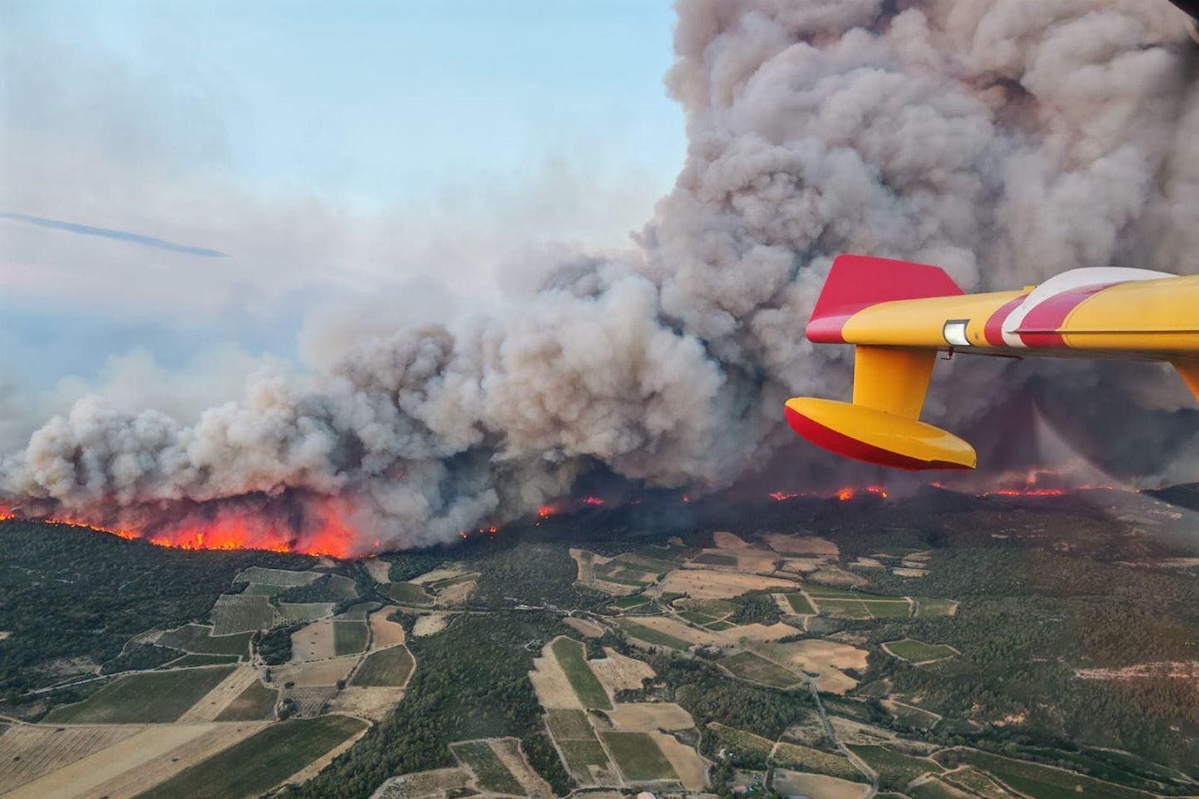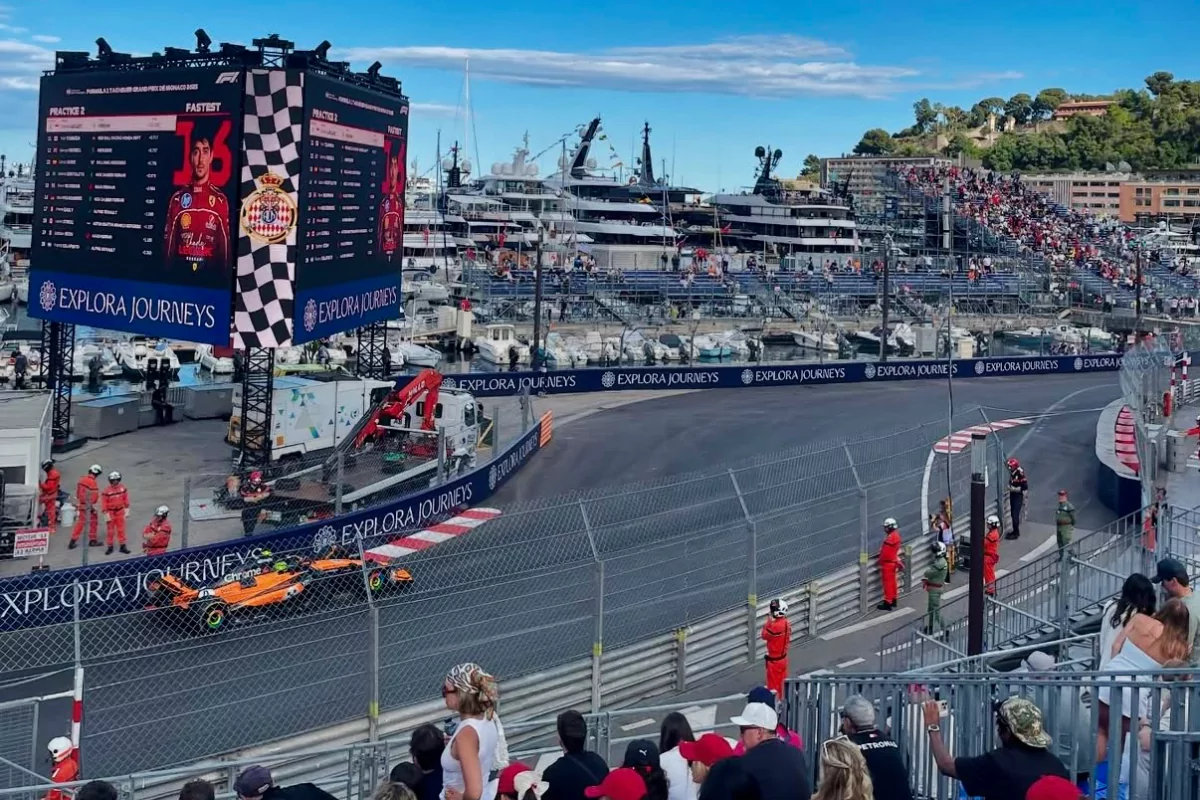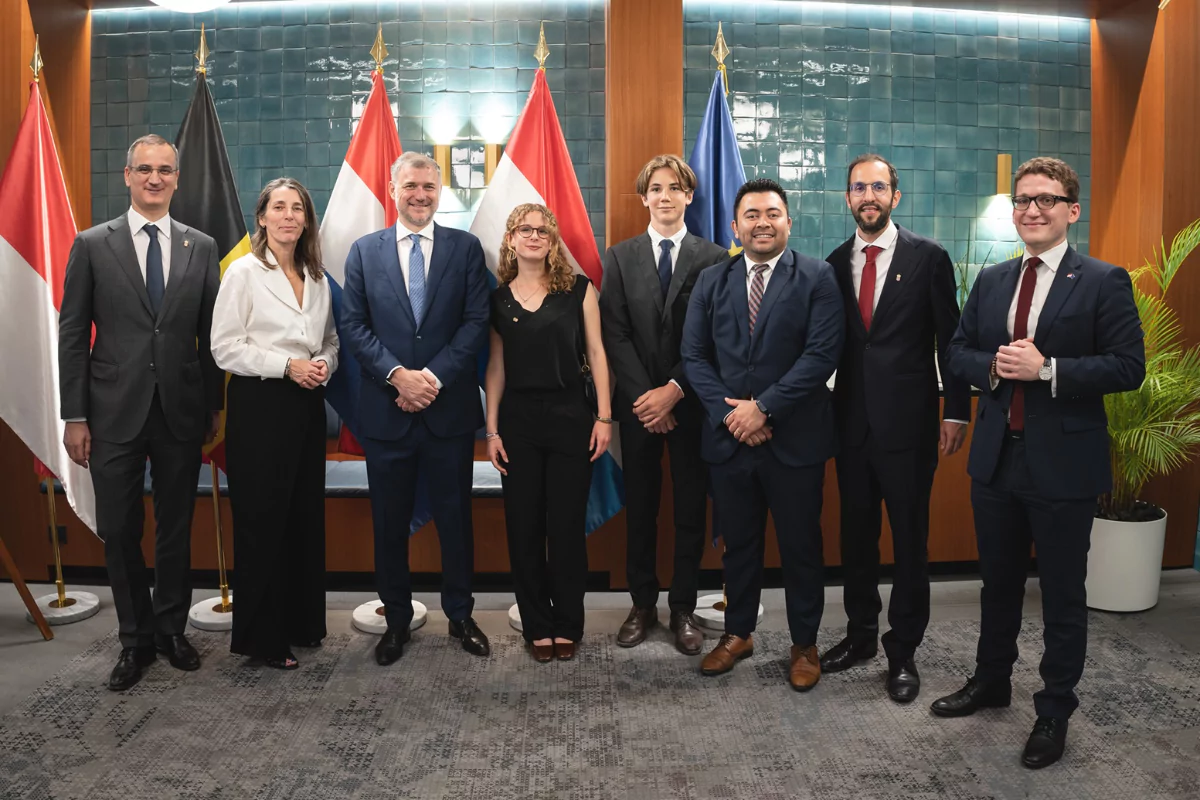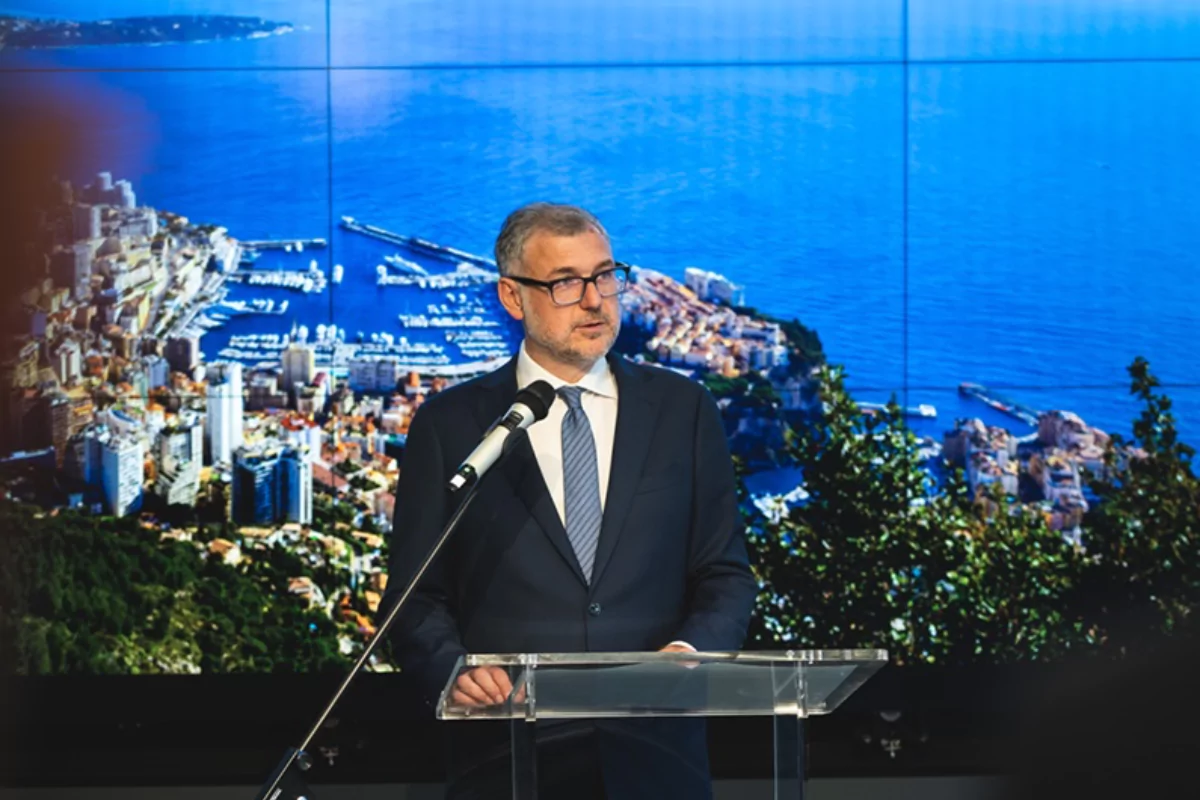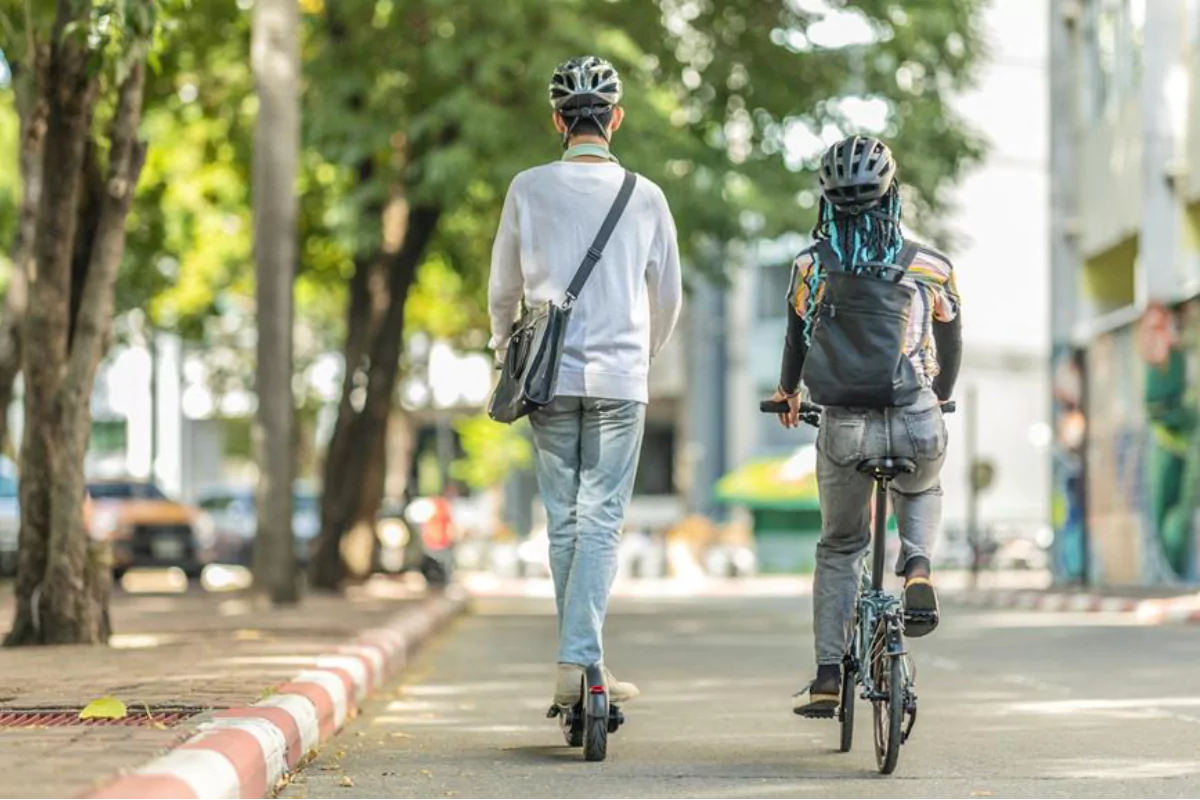A fierce wildfire in the south of France, close to the Spanish border, has become the most devastating blaze of the summer, burning through 13,000 hectares in less than 24 hours, killing one woman and injuring at least nine others. The A9 motorway, a major link between France and Spain, was closed in both directions on Tuesday afternoon as the fire intensified.
The fire broke out on 5th August near the village of Ribaute in the Aude department, deep in the Corbières hills of southern France. Situated between Narbonne and Carcassonne, and just an hour’s drive from the Spanish border, the region is famed for its vineyards and historic hilltop villages. The fire’s intensity forced evacuations across several communes and left behind a trail of destruction that authorities described as “unprecedented”.
A 65-year-old woman died in her home in the commune of Saint-Laurent-de-la-Cabrerisse after refusing to evacuate. Among the injured were seven firefighters, with one person in critical condition due to severe burns. At least 25 homes have been destroyed or badly damaged. “This is a disaster of exceptional magnitude,” said firefighter spokesperson Eric Brocardi on RTL radio.
Strategic A9 motorway closed as flames cross transport corridors
The A9 motorway, a key transport artery stretching from Orange to the Spanish city of Barcelona, was shut at around 2pm on Tuesday in both directions between Narbonne and Perpignan. This precaution was taken to ensure safety and allow emergency crews to access the most active zones. The closure caused significant disruption for cross-border traffic and summer tourism.
Rémi Recio, a senior official in Narbonne, said: “The fire is still spreading and is far from being under control.” Secretary general of the Aude prefecture, Lucie Roesch, confirmed the fire was “advancing in an area where all the conditions are ripe for it to progress,” with high winds and dry vegetation continuing to fan the flames.
Massive emergency response across southern France
Over 1,800 firefighters, 500 fire engines and several aircraft, including Canadair water bombers, have been deployed to combat the inferno. Approximately 2,500 households are without electricity. Residents in high-risk areas, including tourists in local campsites, have been evacuated to municipal shelters. One evacuee told France 2: “I wanted to go back to my house to get my things but I couldn’t go in. When I left, there were flames at the foot of the house.”
French President Emmanuel Macron said the nation’s full resources are being mobilised to fight the fire and urged the public to act with “the utmost caution”. Prime Minister François Bayrou was expected in the region on Wednesday to support emergency efforts and meet with local authorities.
Rising fire risk in the Mediterranean south
This southern stretch of France has become increasingly vulnerable to wildfires due to rising temperatures and prolonged drought. The removal of some vineyards, which previously acted as natural firebreaks, has further compounded the threat. The European Union’s Copernicus Climate Change Service has warned that the Mediterranean is one of the fastest-warming regions on the planet, with fires becoming more frequent and more destructive each summer.
France joins Portugal, Spain, Turkey and Greece in battling large-scale wildfires this season. The southern French blaze remains active, with containment likely to take several more days under worsening weather conditions.
Stay updated with Monaco Life: sign up for our free newsletter, catch our podcast on Spotify, and follow us across Facebook, Instagram, LinkedIn, and Tik Tok.
Photo source: Préfet de l’Aude, Facebook page
